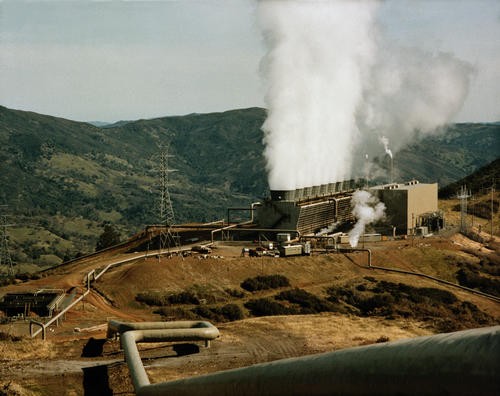What can I choose in the calculator?
Deep Geothermal Electricity

Contents
- Impact
- Global market
- Definition
- Constraints
- Assumptions
- Value range
- References
IMPACT – What are the impacts of Deep Geothermal Electricity?
Energy system
![]() No direct impact on final electricity consumption.
No direct impact on final electricity consumption.
![]() Increases the share of renewable energy sources in the energy mix.
Increases the share of renewable energy sources in the energy mix.
![]() Likely to increase energy independence and energy security.
Likely to increase energy independence and energy security.
![]() Can provide continuous electricity supply as it is not season or weather dependent.
Can provide continuous electricity supply as it is not season or weather dependent.
Environment & Climate
![]() Reduces global CO2 emissions.
Reduces global CO2 emissions.
![]() No impacts on deposited wastes.
No impacts on deposited wastes.
Society & Economy
![]() Could have positive impact on total cost of energy transition, but costs of deep geothermal are currently not very predictable.
Could have positive impact on total cost of energy transition, but costs of deep geothermal are currently not very predictable.
![]() May improve balance of payments by substituting fossil fuel and electricity imports.
May improve balance of payments by substituting fossil fuel and electricity imports.
GLOBAL MARKET – What is the global market for Deep geothermal?
DEFINITION / CONSTRAINTS
DEFINITION - What is Deep geothermal?
Several methods exist to use deep geothermal energy to generate electricity, but the principle is always the extraction of thermal energy from deep underground, which has a sufficiently high temperature to be converted in electricity in a thermal power plant with a reasonable efficiency<./p>
It generally consist in injecting water into geothermally active layers, which returns to the surface under pressure as steam.
CONSTRAINTS - What are the key barriers facing Deep geothermal deployment?
• The temperature level generally increases in the Earth crust with depth, but drilling costs also increase exponentially with depth (away from the tectonic plates, the mean geothermal gradient is about 25°C per km of depth), with no certainty of discovering a exploitable resource in the exploration phase.
• Near tectonic plate boundaries, shallower drilling is required to reach economically exploitable temperatures, but the risk of man-induced earthquakes due to drilling can cause public resistance and poses liability questions.